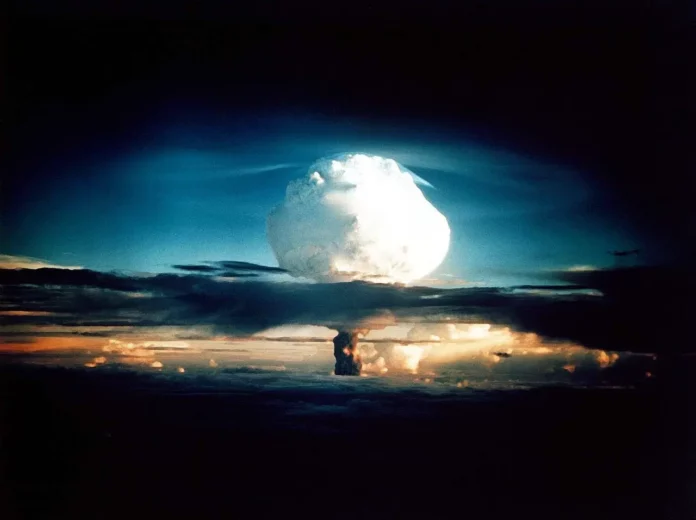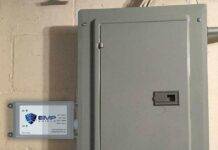
Separating Fact from EMP Myth: The Truth About Electromagnetic Pulse (EMP) Events
As the world becomes increasingly dependent on technology, the threat of an Electromagnetic Pulse (EMP) event is more significant than ever. An EMP event can have catastrophic consequences on modern infrastructure, causing widespread blackouts, communication failures, and transportation disruptions. However, many misconceptions and myths surround EMP events, making it difficult to separate fact from fiction. In this article, we will explore the truth about EMP events and provide an in-depth understanding of what they are and how they can affect us.
What is an Electromagnetic Pulse (EMP) Event?
An Electromagnetic Pulse (EMP) event occurs when a sudden burst of electromagnetic radiation, typically caused by a nuclear explosion or solar storm, interferes with and damages electronic devices and electrical systems. EMP events can be classified into three types: High-Altitude EMP (HEMP), Nuclear EMP (NEMP), and Non-Nuclear EMP (NNEMP). HEMP is caused by a nuclear detonation in the upper atmosphere, while NEMP is caused by a nuclear detonation at or near the ground. NNEMP, on the other hand, is caused by non-nuclear means, such as a geomagnetic storm or a high-intensity radio frequency pulse.
What are the Effects of an EMP Event?
The effects of an EMP event can vary depending on the intensity, altitude, and location of the event. However, in general, an EMP event can cause widespread damage to electronic devices and electrical systems, leading to blackouts, communication failures, and transportation disruptions. The damage can range from minor to severe, and it can take weeks or even months to repair. In the worst-case scenario, an EMP event can cause long-term power outages, which can lead to a breakdown of law and order, food and water shortages, and even death.
How to Protect Against EMP Events?
Protecting against EMP events requires a multi-layered approach, including hardening critical infrastructure, developing backup systems, and educating the public on the potential risks. Hardening infrastructure involves building structures and systems that can withstand the effects of an EMP event. This can include shielding critical equipment, using surge protectors, EMP shielding technology, and installing backup power systems. Developing backup systems involves creating redundancies and backup plans in case of an EMP event, such as having backup communication systems, transportation systems, and power generators. Educating the public involves raising awareness of the potential risks of an EMP event and providing guidance on how to prepare for and respond to such an event.
Separating Fact from Fiction: Debunking Common Myths About EMP Events
There are many misconceptions and myths surrounding EMP events, which can lead to confusion and panic. Here are some common myths about EMP events and the truth behind them.
EMP Myth #1: An EMP event will destroy all electronic devices and electrical systems.
Truth: The effects of an EMP event can vary depending on the intensity, altitude, and location of the event. While some devices and systems may be damaged or destroyed, others may remain unharmed.
EMP Myth #2: Only nuclear weapons can cause an EMP event.
Truth: While nuclear weapons are the most well-known cause of EMP events, they can also be caused by natural phenomena, such as solar storms, or non-nuclear means, such as high-intensity radio frequency pulses.
EMP Myth #3: EMP events can only occur in war zones.
Truth: EMP events can occur anywhere in the world, and they can be caused by both natural and human-made events.
EMP Myth #4: EMP events are a thing of the past and no longer a threat.
Truth: The threat of an EMP event is more significant than ever, as the world becomes increasingly dependent on technology. Moreover, the impact of an EMP event could be catastrophic and have far-reaching consequences for modern society.
EMP Myth #5: EMP events are easy to predict and prepare for.
Truth: EMP events can occur suddenly and without warning, making them difficult to predict and prepare for. However, taking steps to harden critical infrastructure, developing backup systems, and educating the public can help mitigate the potential impact of an EMP event.
Conclusion
In conclusion, an Electromagnetic Pulse (EMP) event is a real and significant threat to modern society. While there are many misconceptions and myths surrounding EMP events, it is important to separate fact from fiction to understand the potential risks and take appropriate measures to protect against them. Protecting against EMP events requires a multi-layered approach, including hardening critical infrastructure, developing backup systems, and educating the public. By taking these steps, we can help mitigate the potential impact of an EMP event and ensure the safety and security of our society.




















